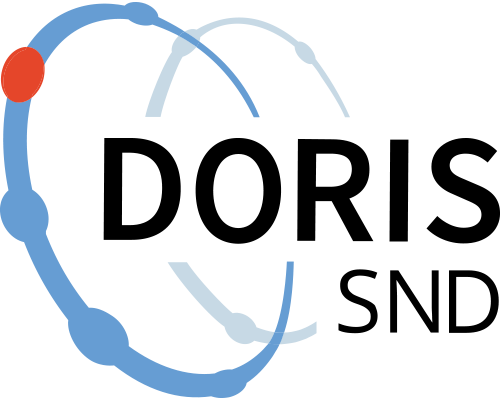Verbal abuse and violence in compulsory school 2001
https://doi.org/10.5878/n30e-7d04
Verbal aggression and physical violence between students were investigated through surveys administered to all students in grades 6 and 8 and their class teachers in a medium-sized Swedish municipality. All students in grades 6 and 8, as well as their class teachers, participated in the survey study—a total of 1,211 students and 76 teachers. In grade 6, there were 643 students divided into 30 classes, of which 298 were girls and 345 boys. The 568 students in grade 8 were divided into 22 classes, including 270 girls and 298 boys. The number of class teachers varied between one and three per class. Grade 6 had 39 teachers, 72% of whom were women, and grade 8 had 37 teachers, 70% of whom were women.
The municipality has 16 schools that offer either grade 6, grade 8, or both. These include eleven 1–6 schools, two 1–9 schools, one 4–9 school, one 5–9 school, and one 7–9 school. The schools in the municipality are relatively small, with an average of about 340 students at schools offering grade 6 and around 490 students at schools offering grade 8.
The municipality’s Department of Children and Education was responsible for the practical implementation of the survey, including providing information, distributing, and collecting the questionnaires. The survey was conducted as part of the municipality’s violence prevention efforts, in line with the department’s established procedures for school surveys. Parents were informed about the violence prevention initiative and the survey as a part of it. Their general consent was obtained in connection with the information provided about the survey, voluntary participation, and anonymity. Data collection was carried out during weeks 17 and 18 of the spring term in 2001. Teachers informed students about the survey and distributed the questionnaires in the classroom. Students completed the survey during lesson time. Participation was voluntary and anonymous, and confidential handling of the questionnaires was ensured. The completed questionnaires were collected, placed in envelopes, and sent directly to the responsible researchers at the National Institute for Working Life. Teachers completed their questionnaires at a time of their choosing and sent them separately to the institute. The information from the questionnaires was then entered into a database. The questionnaires were identified with a school and class code, making it impossible to identify individual respondents either in the questionnaires or in the database.
A total of 1,014 students responded to the questionnaire, including 466 girls and 540 boys (Table 1). The response rate among girls was 82%, and among boys, it was 84%. Additionally, 8 students (0.8%) did not answer the question about gender. The overall response rate was 84%.
Documentation files
Documentation files
Citation and access
Citation and access
Data access level:
Creator/Principal investigator(s):
- Miriam Eliasson - National Institute for Working Life - Work and Health
Research principal:
Data contains personal data:
No
Citation:
Language:
Method and outcome
Method and outcome
Data collection
Data collection
Geographic coverage
Geographic coverage
Administrative information
Administrative information
Topic and keywords
Topic and keywords
Relations
Relations
Publications
Publications
Versions
Versions
Metadata
Metadata
Versions
Versions

Arbetslivsinstitutet